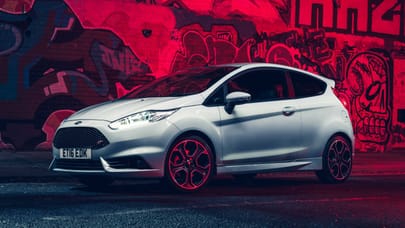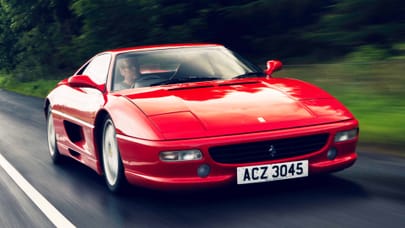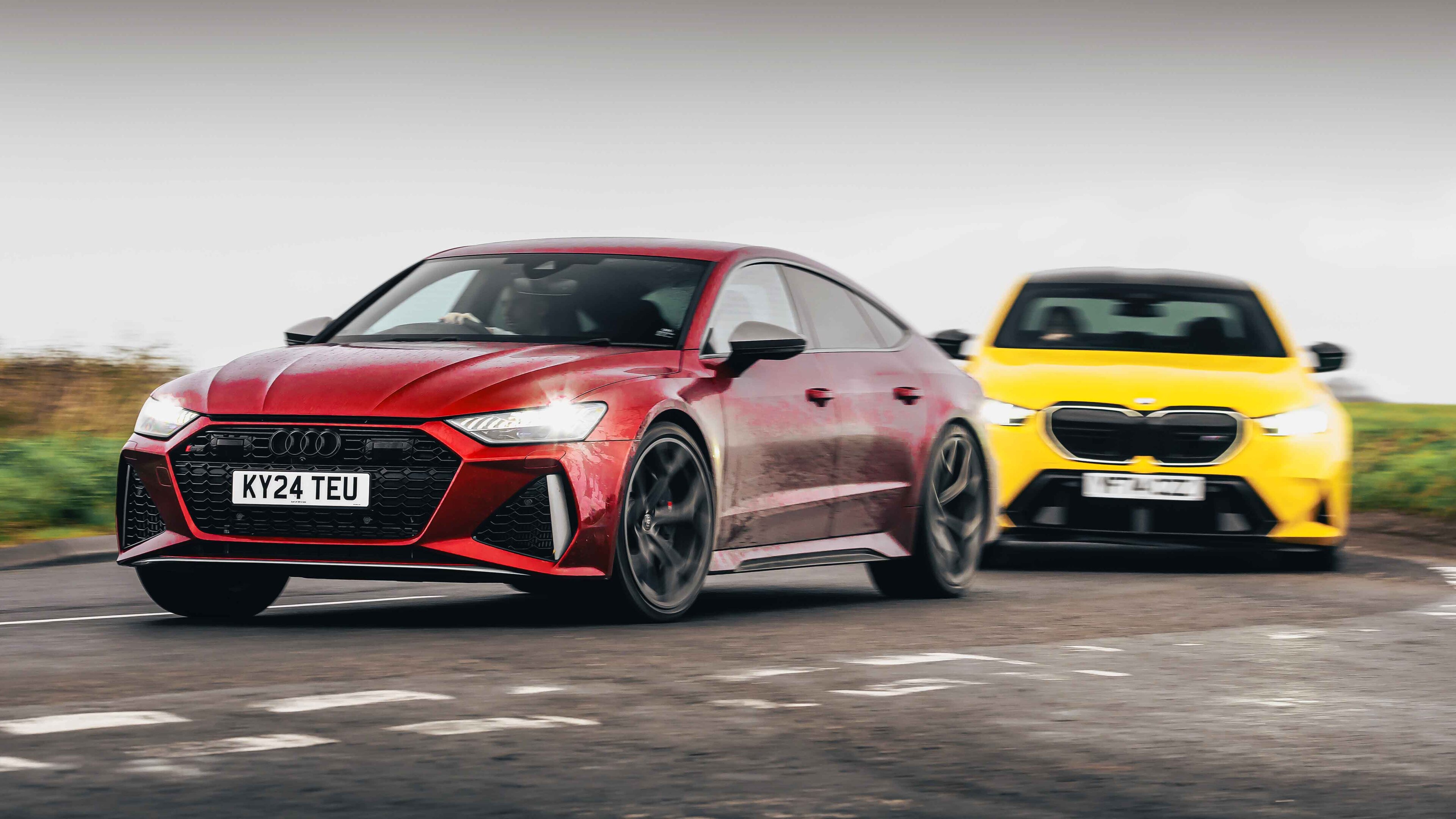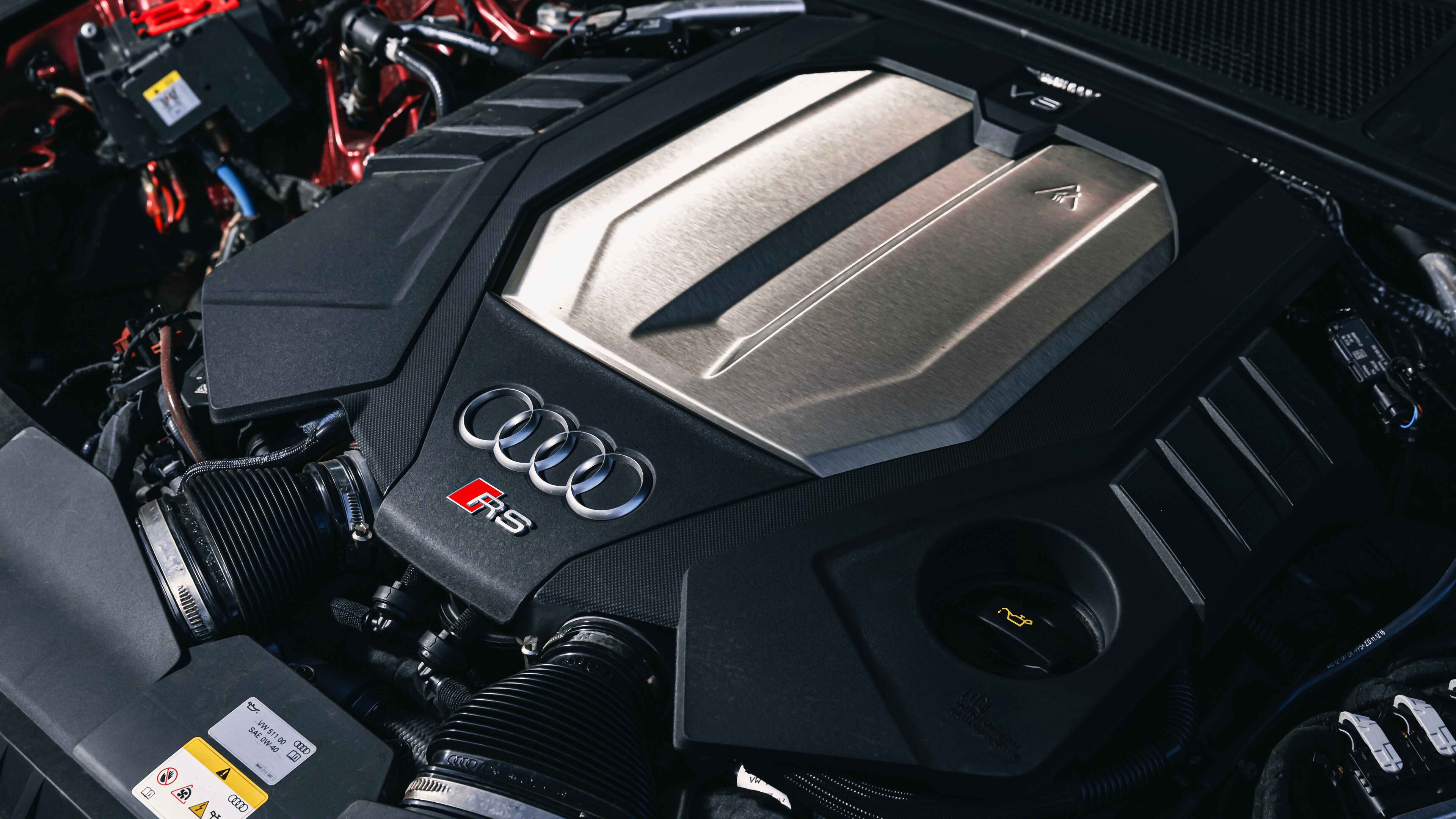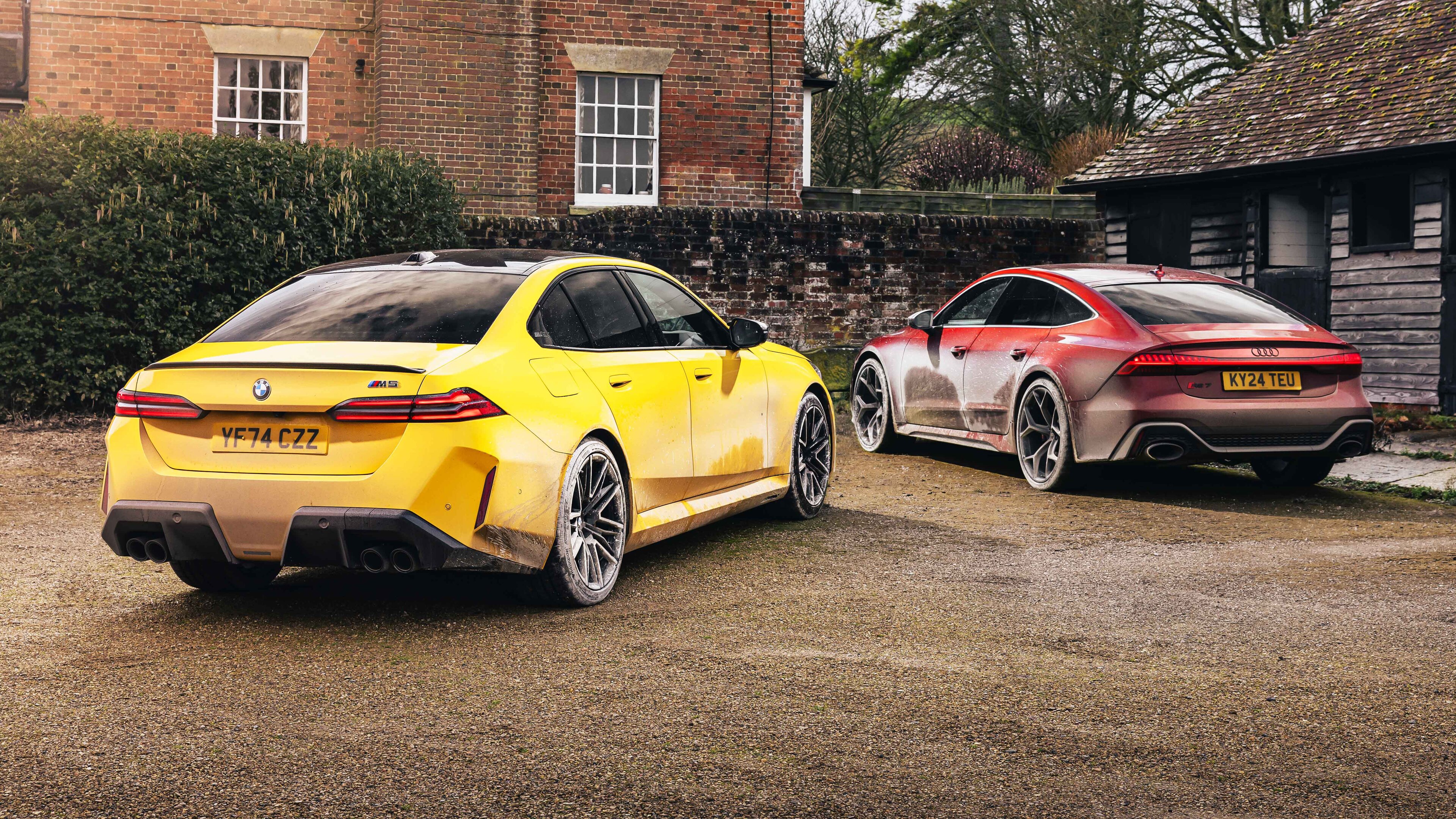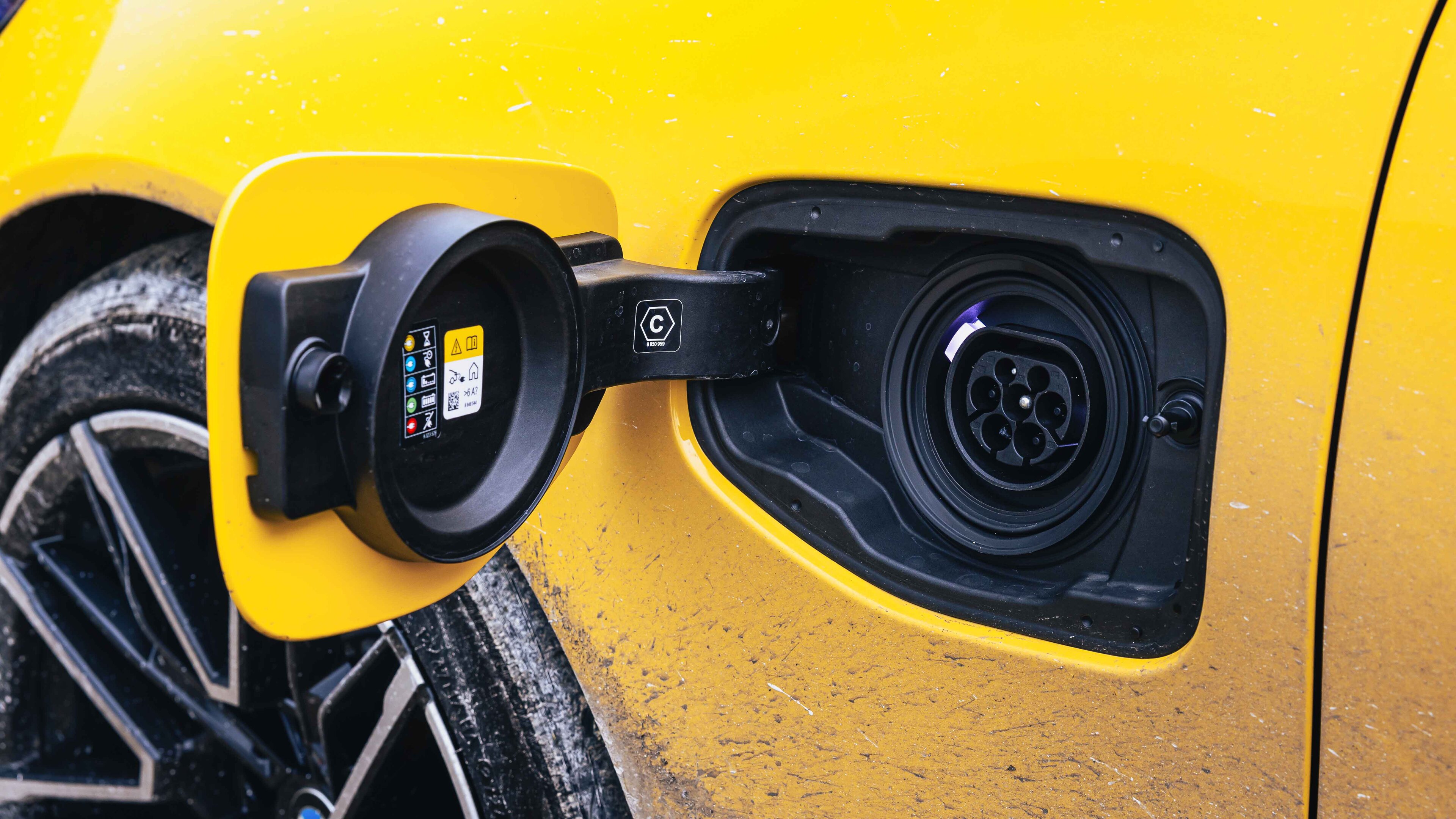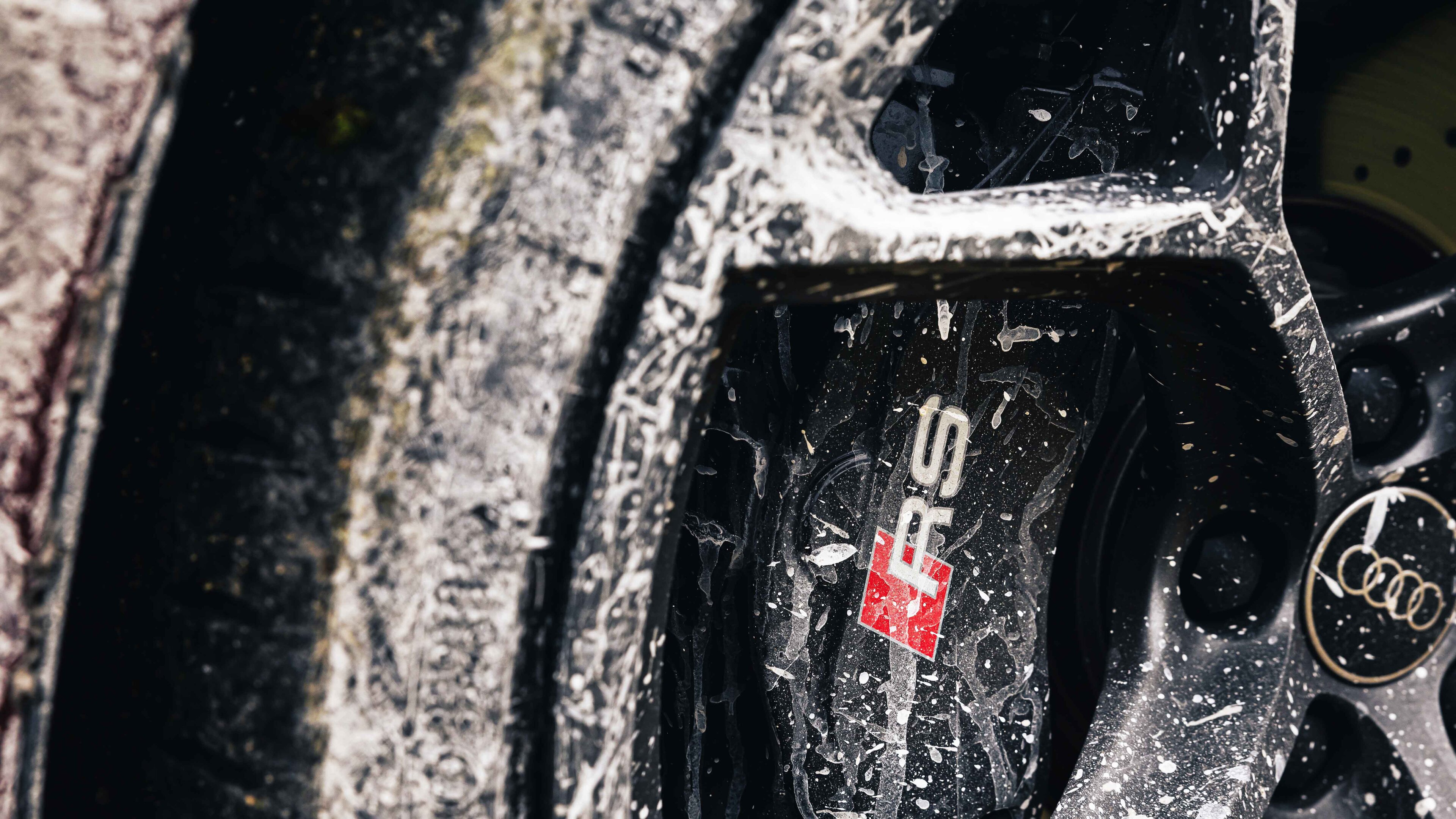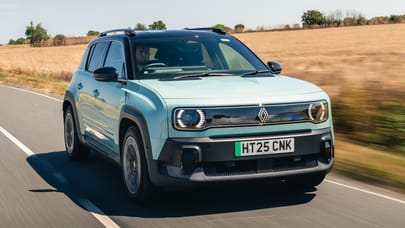
Head-to-head: BMW M5 vs Audi RS7 Performance
BMW has added electrification to the M5, but it’s also added weight. Lots of it. Audi’s internally combusted RS7 stands in its way
We've seen it coming from a mile off. No, not the canary yellow, hippo sized BMW M5, which is to Q-car subtlety what Elon Musk is proving to be to international relations. I’m talking about hybrid. It’s everywhere now, from crossovers to supercars, electrical assistance boosting power and efficiency. And yet here, in the car segment it’s surely most suited to, hybrid has achieved a level of controversy never seen before.
There aren’t many better homes for a plug-in hybrid system than a super saloon, you’d imagine. They’re not supercars, so there’s space to package the hardware. You’ve got a comeback if anyone challenges you for driving a gas guzzling V8, and outrageous figures to brag about among your people. It adds a dimension to the car, improves response by lag filling and costs you less in fuel. The only drawback you can point to is weight, and who cares about that in the thunderous super saloon class?
‘No one’ must have been BMW’s assumption as it gaily rolled out an M5 weighing over half a tonne more than its direct predecessor, and then watched the storm clouds gather. Just as they had earlier when Mercedes announced the C63 was bidding auf wiedersehen to the famous V8 and willkommen to a 2.0-litre four cylinder with an electric motor.
Photography: Jonny Fleetwood
As we found out a while back, Mercedes hasn’t got the C63 right – it lost to an Alfa Giulia QV that’s as old as Italy itself. We don’t know if BMW was planning on downsizing the M5’s engine, but it must have been on one of the early whiteboards. Keeping the V8 alive and augmenting it with electricity via a 194bhp e-motor crammed into the gearbox has given the BMW M5 an unprecedented set of numbers. It has over 100bhp and 100lb ft more than its rival here.
Ah yes, the Audi RS7. Powered simply by a petrol engine, which means it’s not afflicted by the weight of a 22kWh battery, plus power inverters, motors, cabling and whatever else it is that adds half a tonne of mass. What a corking looking thing this RS7 is on its 22-inch matte grey alloys. Audi understands stance and attitude in a way BMW doesn’t. And yet across 40 years of history, this is the first M5 ever to boast new bodywork panels. Up until now all M5s have only benefitted from new bumpers and sills, but this gen has been gifted new metalwork in the guise of bigger wings and arches, swollen to cover track widths increased from the regular 5-Series by 75mm at the front. Couldn’t you tell?
It’s a missed opportunity, doesn’t hunker into the road anything like the RS7. Where the Audi is all shoulder and swagger, the BMW is ungainly of flank and snout. This is not one of the great M5s, it just looks heavy handed. Which of course makes it the superior Q car. Few would guess what lurks beneath. Unless it’s painted Speed Yellow.
Inside the positions are reversed. Here the BMW is the more expressive and overt, with glossy red thumb buttons, shiny speaker grilles and mood lighting. That’s fine – an M5 should feel sporting inside, and this does alongside the sleekly monochrome Audi, which has no more than a subtle RS button on the wheel. The issue with the BMW is the sheer scale of it. It’s like being eight and clambering into your dad’s car – the seat swallows you up, you can barely wrap your hands around the steering wheel.
This kidlike feeling lasts until the exact moment you start engaging with the screens, when you instantly fast forward several generations to ‘confused grandparent’. The home screen contains 58 apps. How exactly are you meant to operate and navigate them on the move? There’s little apparent logic or sense of hierarchy to the layout and even if you do manage to track down the driving modes page, you will only discover yet more baffling choices. It wasn’t like this in my day, etc.
Top Gear
Newsletter
Thank you for subscribing to our newsletter. Look out for your regular round-up of news, reviews and offers in your inbox.
Get all the latest news, reviews and exclusives, direct to your inbox.
The Audi, now five years old and a generational step behind, may not have such jazzy graphics, but at least you can work out what’s going on. And BMW, you used to do the world’s best dials, could you not have at least figured out a way to present information clearly? The new M5 is a very complicated car to operate. Yes, you can just get in and drive, but to get the most out of it you’ll want to understand every aspect of your new car. And that’s going to take you a long while.
If you’ve read anything about the M5 already, I suspect the phrase “disguises its weight well” rings a bell. Because it does. Its suspension control, traction, turn-in grip and response are deeply impressive. On the surface it doesn’t drive like a 2,435kg car. So you dig a bit and then realise what’s missing: secondary signals. The reason the steering and brakes don’t have much feel is that they’re so heavily assisted, so what hope is there for information to make it back to the driver? And if it does get out of shape on a slippery road and start to slide, well, you’re going to learn a lot about momentum.
But up to that point the M5 has a level of control and capability the Audi, despite being several hundred kilos lighter, can’t match. It gets itself down a difficult road with a calmness and capability that’s deeply impressive. The rear biased 4WD system is instinctive and communicative, driving the M5 out of corners as cleanly and accurately as it had dived into them.
The Audi lollops along in the BMW’s wake like an overenthusiastic and rather distracted Labrador. The steering is springy in your hands which means it’s hard to nail an apex, and when you get back on the power the 4WD system biases the front, which torque steers, pulling at the steering and making it even harder to stick to a line.
Meanwhile the suspension has more movement and less control – it takes longer to recover its composure, so on bumpy roads progress can be a constant turbulent churn unless you’ve fully ramped it up in RS mode. Where it’s like the dampers have had a Hollywood facelift, so chock full of Botox that nothing moves. Overall it’s not as well resolved, doesn’t feel as expensively engineered as the BMW.
As a destroyer of autobahns this new M5 has few peers. That’s what it feels like it has been designed to do
But, crucially, it knows how to have fun. It might be less competent, looser and more wayward, but with the twin-turbo V8 howling beautifully, the wheels scrabbling and you fighting to keep everything pointing the right way, you are not only occupied, but entertained. There’s more personality to it, more life and charisma.
You might be thinking that the hybrid setup is the BMW’s weakness here. It’s not. It’s a force for good, giving the M5 immediate response and a kick of instant torque. You can really feel it, especially if you lock the gearbox in a high gear and catch the engine off boost. The issue is that in keeping a heavy car so tightly controlled, it doesn’t have enough room to breath. The M5 charges, but doesn’t flow – it has the other Hollywood problem, ratcheted so tight into its costume that it daren’t move or something might burst. In short it’s too uptight.
Plus the V8 is too muffled. The Audi yelps into life, barks and rumbles, while the BMW is more muted. It’s also slower than the RS7. I know it has a huge power and torque advantage, but this is where we need to talk about the weight of this new M5 and the fact it has a worse power to weight ratio – not only than its rival, but than the old M5 as well. This is one of the very few cars which is actually slower than the car it is replacing.
Just don’t make the mistake of thinking it’s slow. In our tests it did exactly what it claims to do, hitting 60mph in 3.44secs. But the Audi was 0.3secs faster – and the old M5 had been one of the very few saloons to duck under the three second barrier, even if only by 0.01secs. It’s only at very high speeds, where aerodynamic drag rather than weight is the chief obstacle to overcome, that the new car clawed its way back into contention. It might not have the low speed urgency we’d like, but as a destroyer of autobahns this new M5 has few peers. That’s what it feels like it has been designed to do – crush Germany beneath its heavyweight fist.
The flipside of that is stopping distances, where you won’t be at all surprised to learn that physics wasn’t defied, the M5 stopping from 100mph in 91.56 metres, the RS7 in 86.22. Now, the driving experience itself is of far more relevance to us than a set of dry numbers, but those figures are indicative of the situation BMW has got itself into here, adding complexity and subtracting tactility.
Yes, it’s nice to be able to drive a useful distance on electric (BMW claims 43 miles), but you’re never going to stop to charge it up once you realise it only slurps electrons at 11kW, so transcontinental blasts will be done carrying a lot of surplus hybrid baggage. Still, BMW says that without the comforting support of electricity the M5 will still return 27.7mpg – way better than the RS7’s 23.2mpg. In our testing, the BMW returned 28.8mpg overall, the Audi 18.3mpg.
And there’s more good news. Considering the technology that’s gone into it and the quality of the execution, £110,500 looks conspicuously good value for the BMW. Especially alongside the £125k that Audi charges for the RS7. It gets away with that simply because the RS7 is a good looking motor.
It’s also the winner of this comparison because despite the cost disadvantage it’s a prettier, simpler, more engaging, charismatic car. If you want a pure internal combustion super saloon this is one of the very few options left. The RS7 is now almost a hangover from a bygone era. Yet if we’d put it up against the old M5, I’m pretty sure it would have lost.
Does this mean BMW is on the wrong track with the new car? Not necessarily, but did weight really need to balloon so significantly? More than that, there’s a feeling that despite its capabilities, the M5 has changed tack, is now aimed at a slightly less driving focused, more luxury oriented audience. Make no mistake though, for better or worse others will...
Trending this week
- Car Review
Volvo ES90





